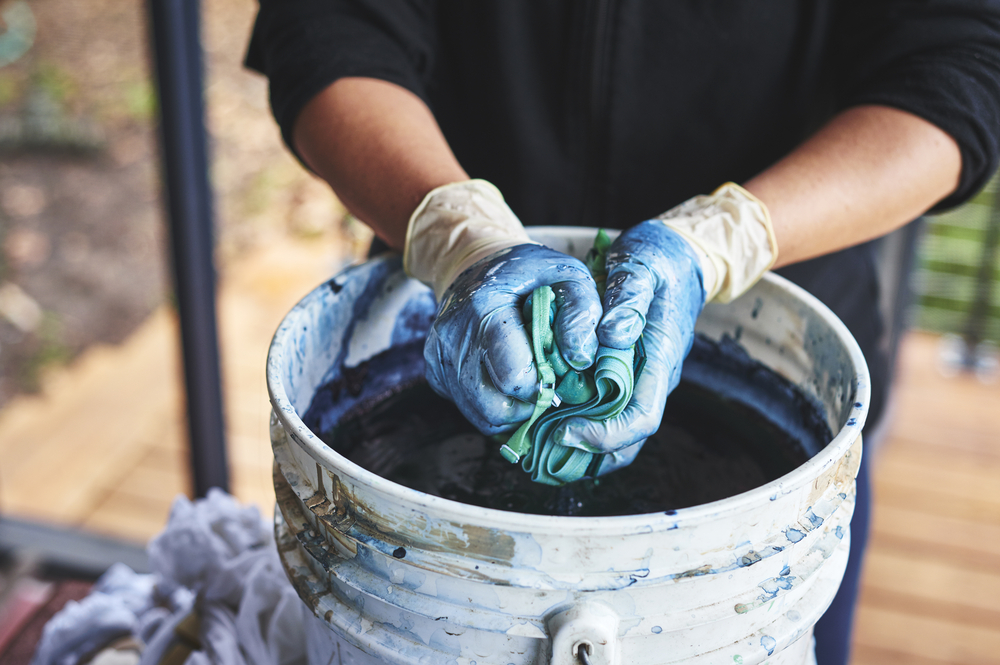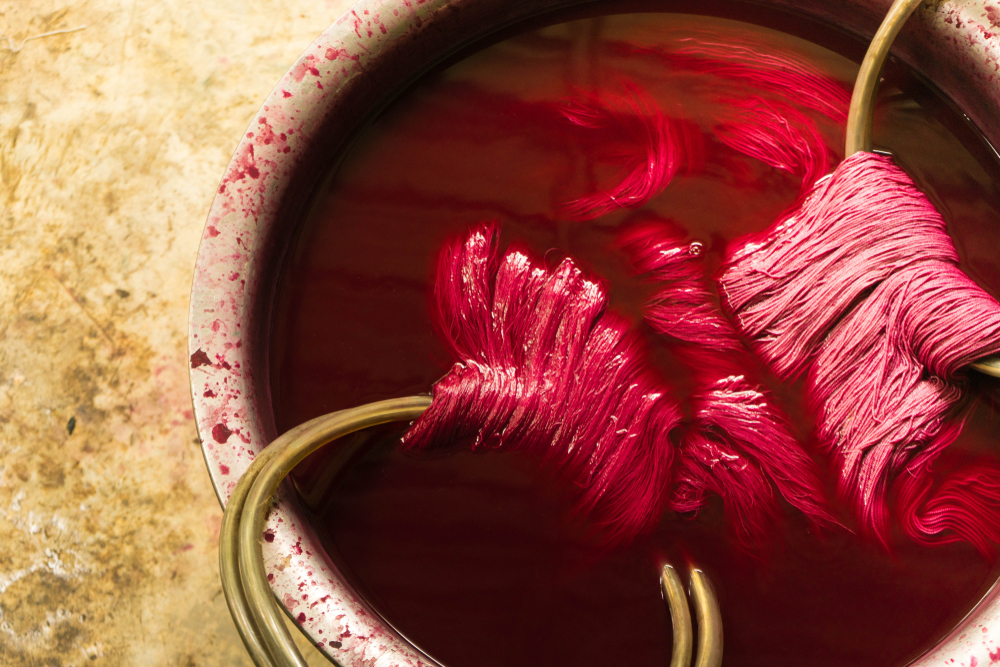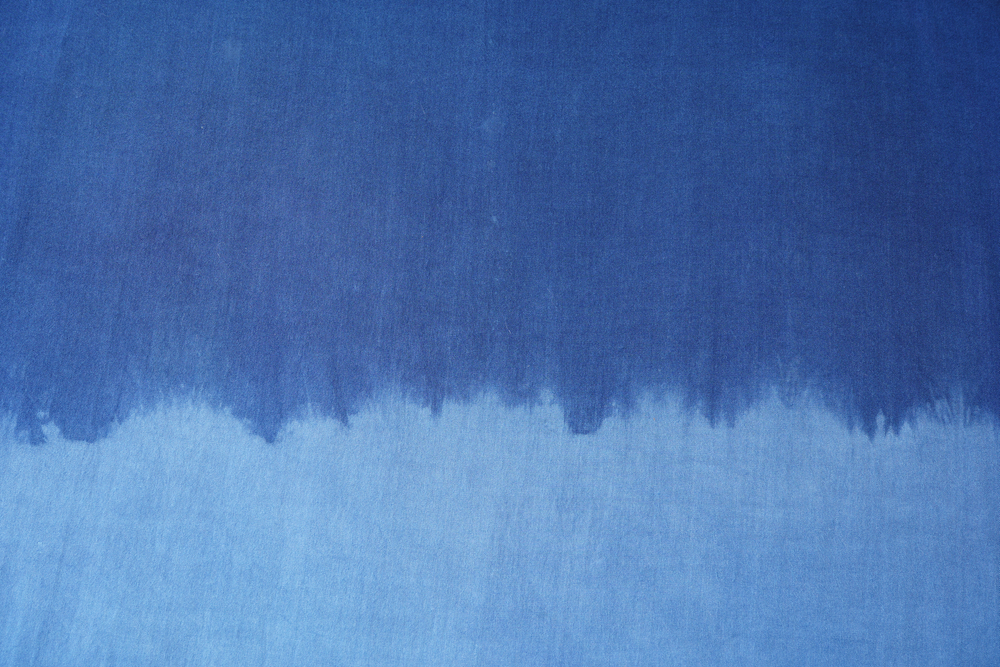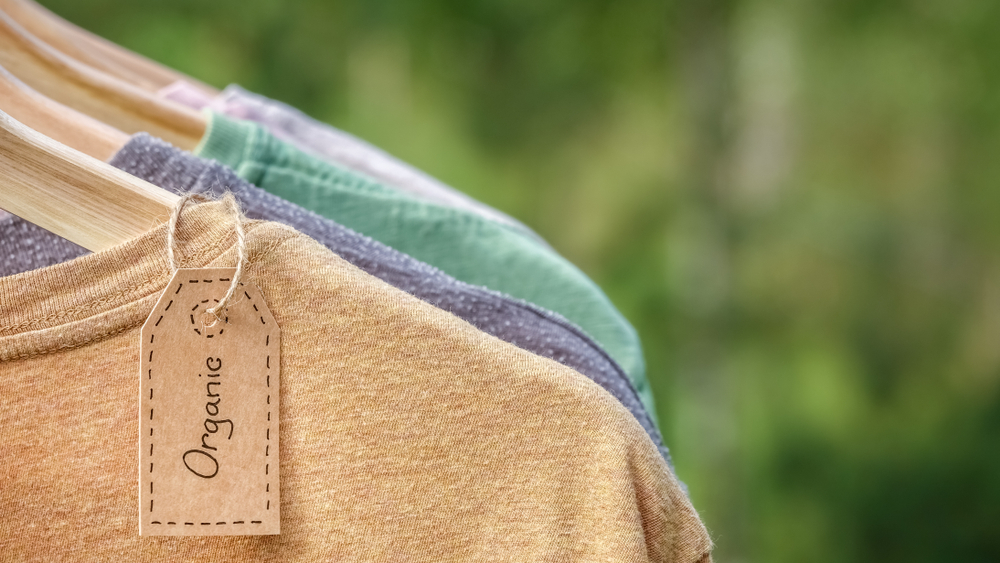The Role of Fabric Dyeing in Apparel Manufacturing



The fashion industry is principally based on garments and apparel composed of various fabric dyes. These fabric dyes are the essential raw materials that make up these garments. The fabric dyeings are assembled into multiple types of flexible units before creating them into wearable apparel. These may be in the form of sheets or yarns. There are several procedures to convert these raw fabric dyes into usable threads.
At Fashinza, there is a list of fabric dyes used in several types of apparel manufacturing. Several articles show how best to use these fabric dyes to produce the perfect dress to suit the customer’s preferences as per the current trends in the market.
Types of Fabric Dyeing

Fabric dyeing is of two principal types; natural fibers and artificial or artificial fibers.
- Natural fibers: These are fibers that are procured from natural sources, such as plants or animals. It consists of fibers such as silk and wool.
- Artificial fibers: These are synthetic fibers that are artificially manufactured using laboratory and industrial methods. It includes materials such as Teflon and nylon.
Fabric dyeing production techniques
Fabric dyeing is an arrangement of natural or artificial fibers into flexible units ready to be assembled into apparel. It is usually made into yarns or sheets. The techniques that are used to convert fibers into fabric dyeing are:
- Knitting: It's a process of using long needles to interlink or knot a series of loops made by one continuous thread. Each circle or knot connects to another one, and when enough loops have been made, the result is a flat piece of material called a textile
- Felting: It is the process by which fibers are consolidated by applying moisture, heat, and mechanical pressure. The fabric dyeing produced by this method is usually matted or interlocked.
- Weaving: It is the manipulation of fibers in crosswise patterns called wefts and lengthwise patterns called warps.
- Tufting: This technique dates back to ancient times. It involves inserting a primary thread base, followed by knitting it in U-shaped loops.
- Bonding: This method utilizes adhesives to attach fibers to form fabric dyeing sheets.
Fabric Dyeing Selection for Apparel Manufacturing
For manufacturing apparel, the company or brand requires certain specifications that the material must satisfy. Three parameters determine this:
- From the buyer’s viewpoint
The buyer is primarily concerned with the clothing's looks. Thus these criteria must be met in the fabric dyeing parameters. The choice is made depending on how comfortable and wearable the material is. It must also be aesthetically pleasing and appeal to the consumer's sense of fashion. The usefulness and durability of the fabric dyeing must also be taken into account, in addition to the distinctive design and style alternatives that may be incorporated. Additionally, the substance must adhere to strict safety guidelines to avoid causing allergies or other problems for users.
- From the supplier’s viewpoint
The supplier looks for the best fabric dyeing at the lowest cost without compromising the quality. In addition to adhering to the needs of the manufacturer and the end-user, the availability of the raw materials for producing these fabric dyes must also be considered. This is also of paramount importance, coupled with the shipping and delivery of the raw materials to the manufacturer efficiently and cost-effectively.
- From the manufacturer’s viewpoint
Apart from looking after the consumer’s requirements and establishing a sustainable supply chain, a manufacturer is also concerned about the financial viability of their apparel manufacturing. The apparel prepared from fabric dyeing should abide by safety guidelines and provide comfort and aesthetic value to the end-user. The physical characteristics of the material must also be taken into consideration.
Importance of Fabric Dyeing for Apparel Manufacture

Fabric dyeing is the primary raw material required to manufacture apparel and garments. After establishing a sustainable supply chain and maintaining quality and esthetics, these apparel must also have visual and aesthetic significance in the eyes of the consumer.
Thus selecting the appropriate fabric dyeing type for apparel manufacture is both a risky and a difficult task for any brand or merchandiser. According to several business analysts, maintaining the balance between quality fabric dyeing and cheap pricing is crucial.
For instance, if fabric dyeing costs more than half of the garment’s production costs, it becomes impossible for the manufacturer to maintain quality at affordable prices. On the other hand, selecting cheap and less durable fabric dyes may result in customer dissatisfaction and loss of the existing client base.
After the quality of the fabric, dyeing has been determined, based on the standards set by a particular brand, it is vital to assess its physical properties. These include its reaction and sensitivity to heat and washing, the durability when the seams are tugged at with calculated forces, and, most importantly, how robust the fabric dyeing is under extreme stress and strain.
Fabric Dyeing Selection Procedure
To select the best possible fabric dyeing for the target population, brands must follow these basic steps:
- Determination of the yarn count, composition of the fiber, and weight of the thread. These must meet the predetermined standards the brand intends to maintain for its end-users. A fabric dyeing that fails these laboratory tests is as good as discarded.
- Next, the performance of the fabric dyeing must be analyzed. This includes testing it under various extremes of physical conditions the end-user is expected to put the apparel through.
- The laundry methods for that piece of fabric dyeing must be determined from laboratory testing. These tests determine whether a garment requires a thorough wash or needs to be dry cleaned. The end-user must be aware of laundry instructions, as each fabric dyeing reacts uniquely to different forms of laundry. Incorrect or inappropriate laundry practices may result in loss of durability or wearability of the garment, resulting in customer complaints and loss of quality.
- Once the tests mentioned above have been performed, the brands are ready to manufacture the apparel from their chosen mixtures of fabric dyeings. With time and depending upon customer feedback, brands can create a particular library. This will enable brands to manufacture newer apparel trends with their existing raw materials supply chain.
Conclusion
Fabric dyeing selection is the most crucial process in apparel manufacture. The quality and performance of fabric dyeing must be maintained to ensure customer satisfaction and comfort. Brands must thus streamline the fabric dyeing selection process to manufacture their apparel smoothly.
Moreover, the correct blend of fabric dyeing must satisfy the customer’s needs and abide by the safety guidelines in place. Appropriate instructions on laundry and handling of the fabric dyeing must also be informed to the customer. Apart from this, the brands must also secure a stable and viable supply chain for these materials and keep an eye on the manufacturing costs.
At Fashinza, there are many options to choose from when it comes to the right kind of fabric dyeings for manufacturing apparel.




















